What is it like to take DMT? New insights into DMT-induced states from microphenomenological interviews
Raphaël Millière
Søndag den 17. september • 17:45 – 18:30

Raphaël Millière is a PhD student in philosophy at the University of Oxford. He is also affiliated to the Center for Subjectivity Research, and is a member and coordinator of ALIUS, an interdisciplinary research group on altered states of consciousness. His work focuses on the notion of self-awareness and the nature of its relationship with phenomenal consciousness, drawing on empirical data from psychology and neuroscience. He is involved in several ongoing projects investigating the effects of hallucinogenic drugs, with a particular emphasis on the alleged loss of self-awareness known as drug-induced ego dissolution.”
Abstract:
“In the recent renaissance of psychedelic research, scientists have been relying mainly on visual analog scale questionnaires (such as the “Altered States of Consciousness” questionnaire) to assess the subjective experience of participants and investigate neural correlations between the phenomenological and neurophysiological effects of drugs. However, such questionnaires might be limited both in scope, insofar as they can leave out certain aspects of the participants’ experience, and in reliability, due to the ambiguity of some items’ phrasing and a potential participant bias effect leading to some items being overrated.
While questionnaire have a strong top-down component, given that items are predefined, alternative methods rely much more on the participants’ own report. Here, I will demonstrate the usefulness of the microphenomenological interview technique as a complement to self-report questionnaires, by presenting the preliminary data gathered for the pilot phase of a recent study of N,N-DMT at Imperial College London.
The use of the microphenomenological interview provided more detailed and potentially more accurate data about the participants’ experience, allowing researchers to answer key questions regarding the phenomenology of DMT-induced states. Moreover, this technique provided detailed information about the diachronic structure of the experience, which was not available from questionnaire data. Not only is such information helpful to determine the generic temporal structure of the experience across participants (at least in the same dose group), but it also paves the way for the discovery of diachronic correlations between EEG data and phenomenology, in the spirit of Francisco Varela’s neurophenomenology.”
 Bliv medlem
Bliv medlem